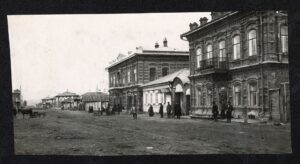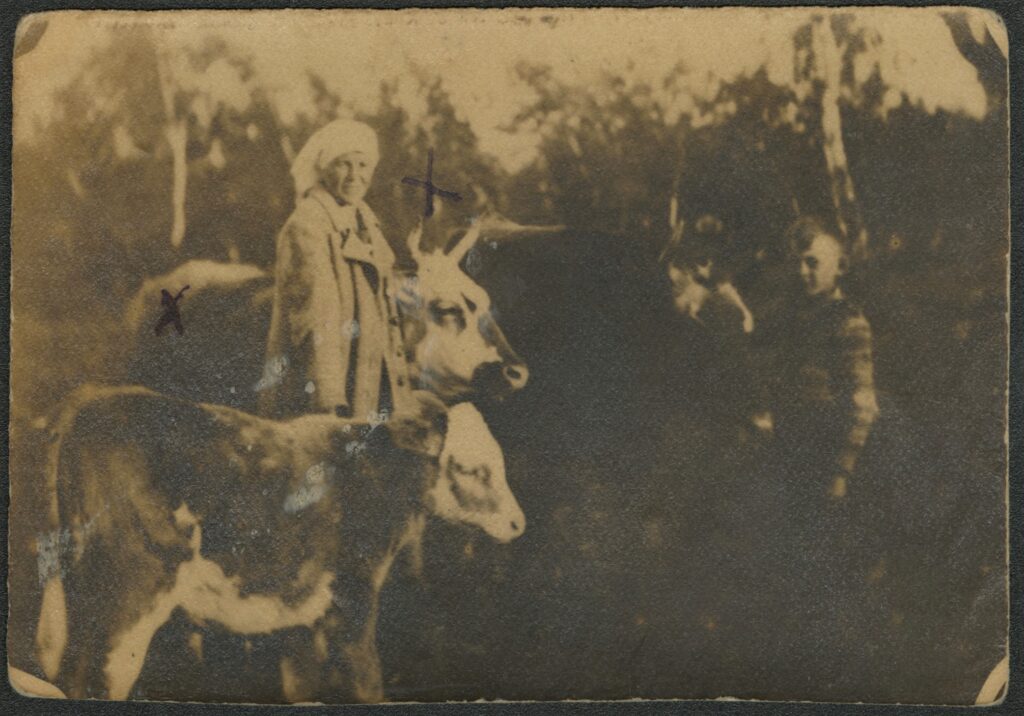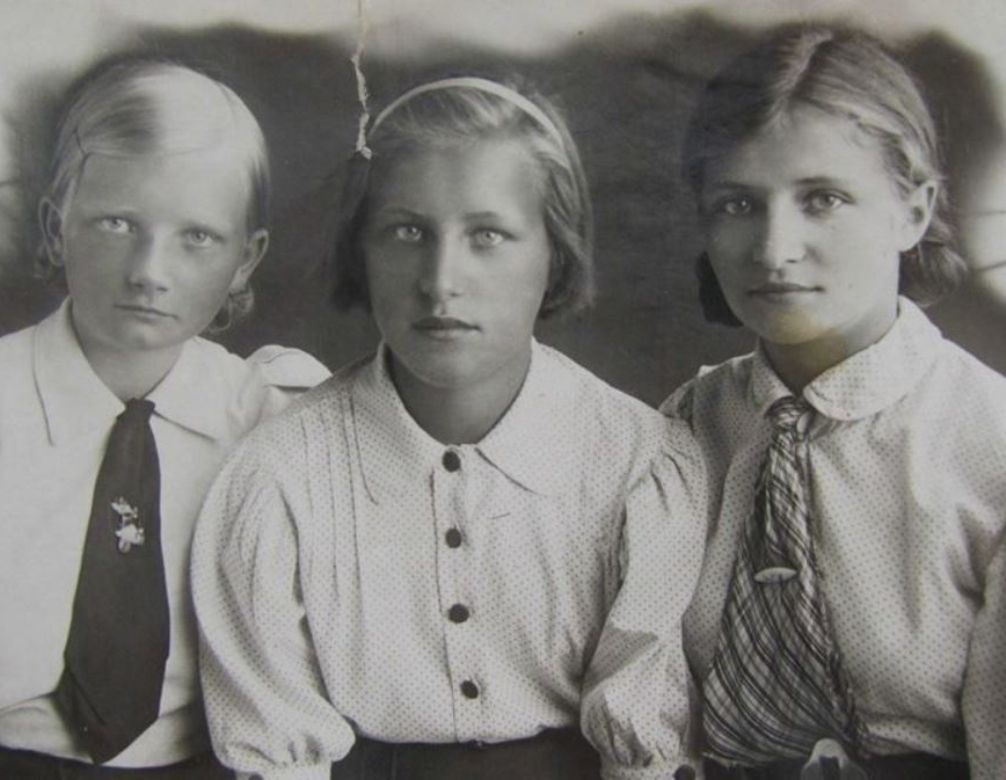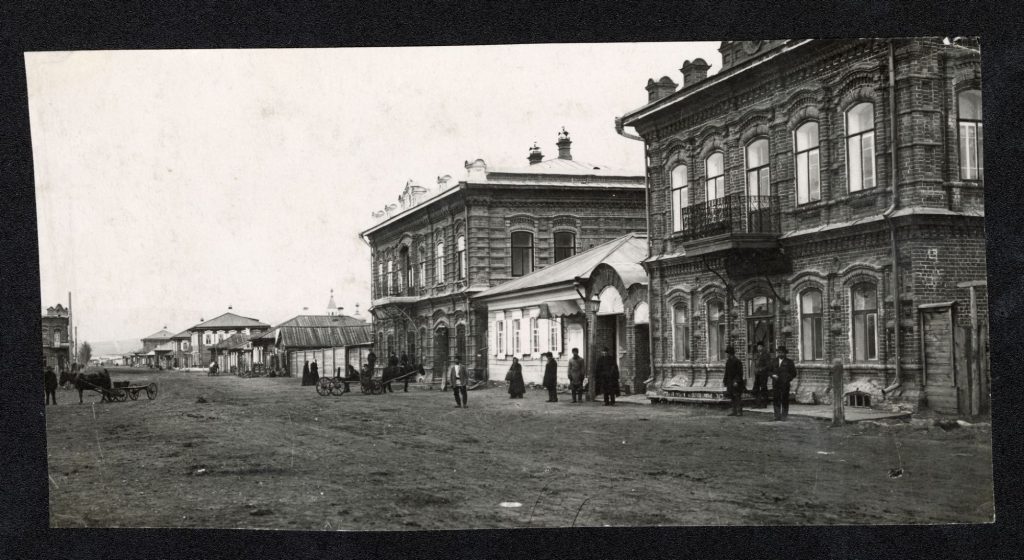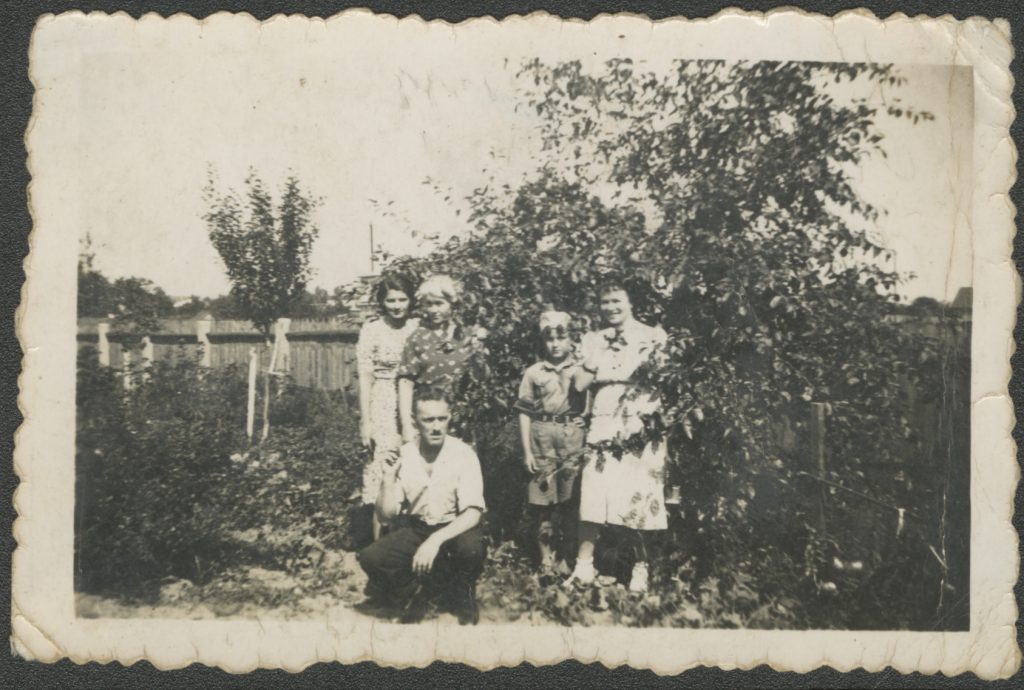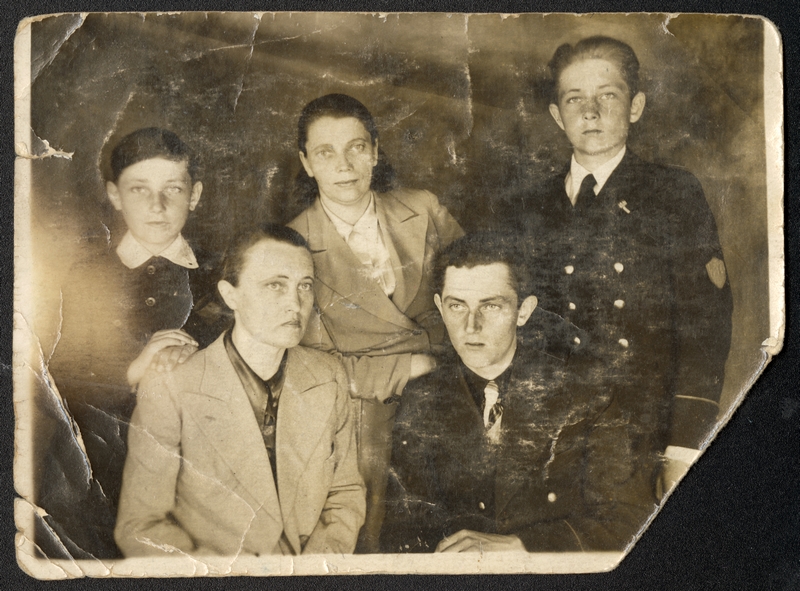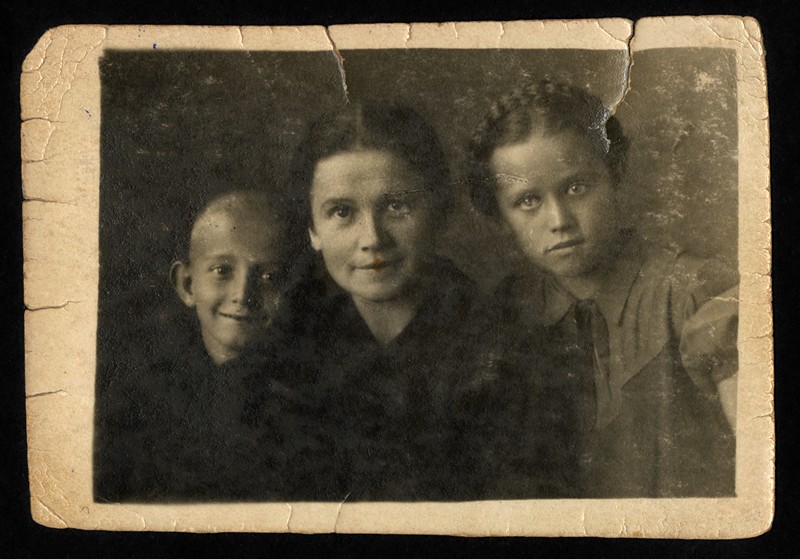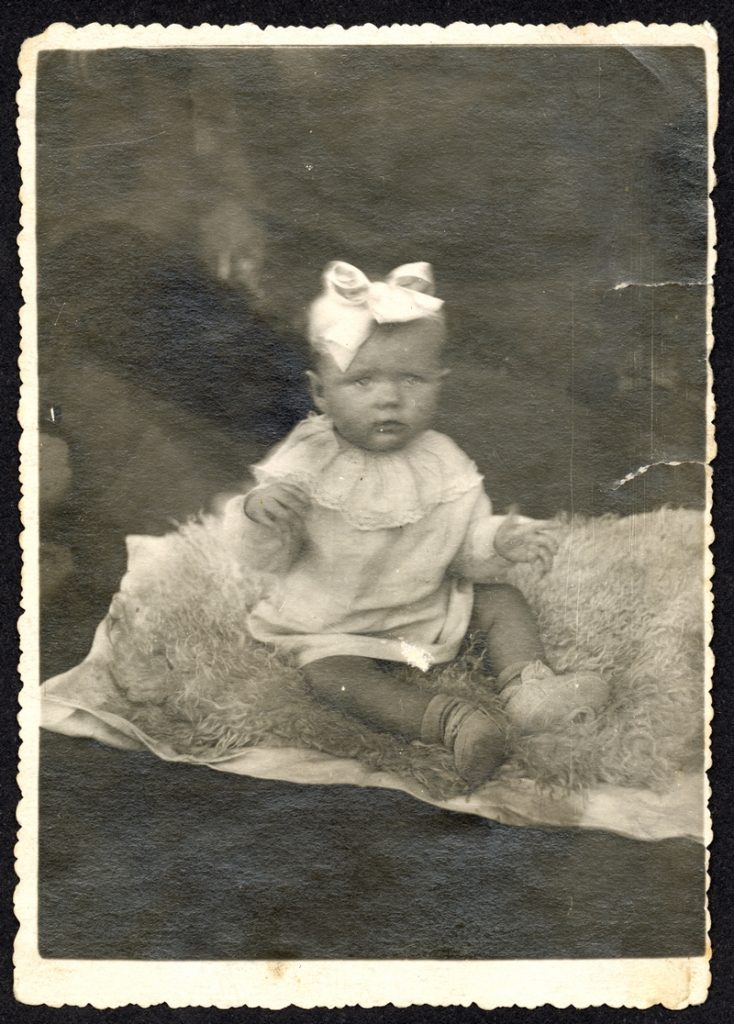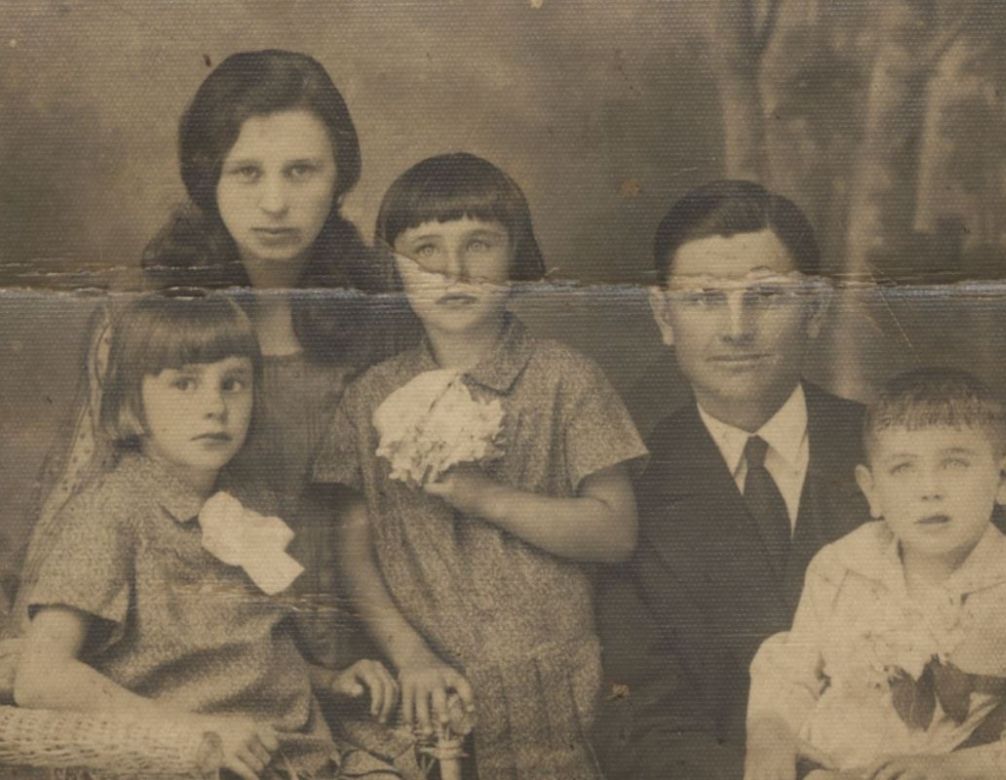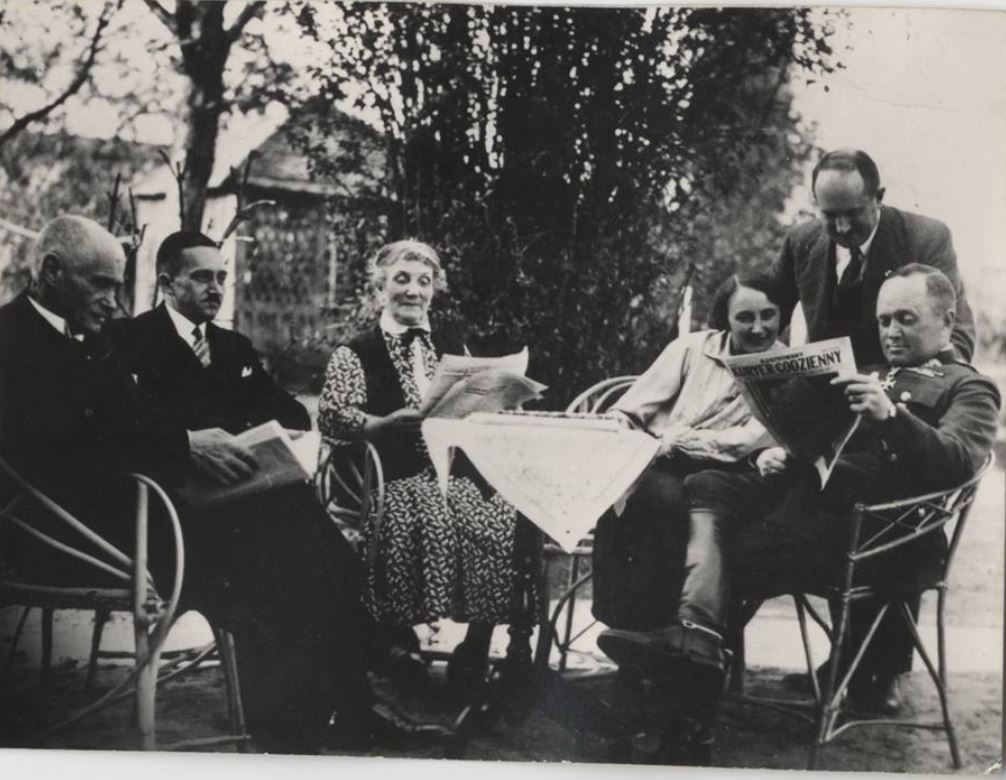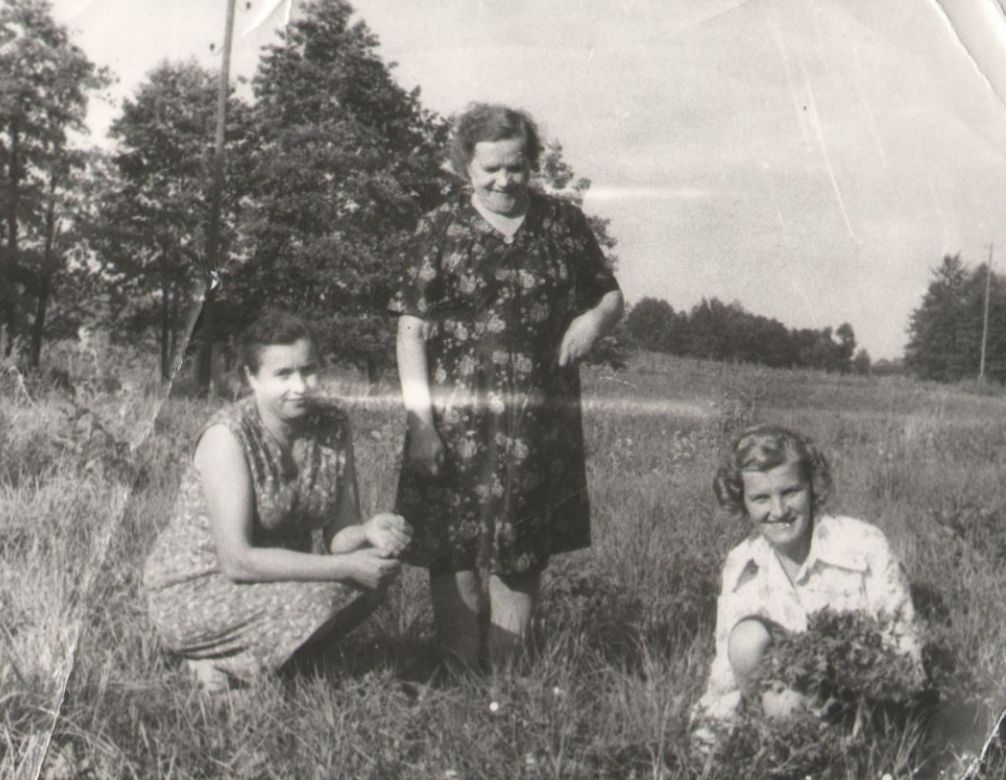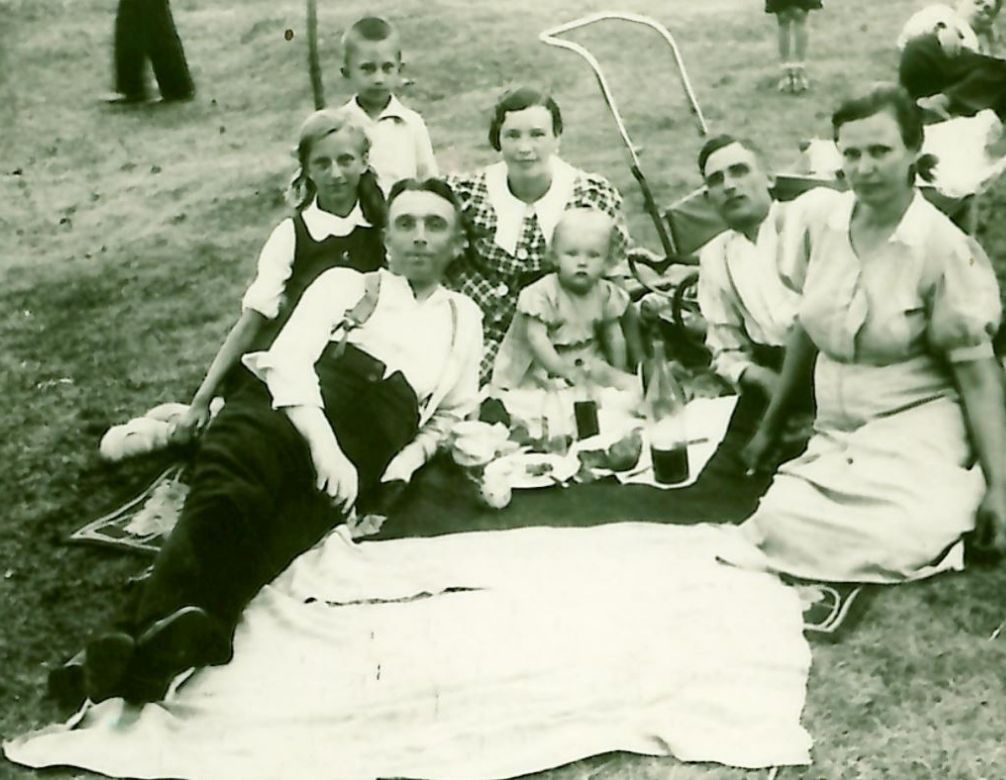Minusinsk is a city located in the Asian part of Russia, in the Krasnoyarsk Krai, on the Yenisei River. After the January Uprising, this area became a place of exile for many Poles. In 1900, Minusinsk had about 10,000 inhabitants, including 80 Poles. Four years later there were 94.
In the economic, social and cultural life of Minusinsk, Polish exiles and their descendants played no small part. Worth mentioning here are the families of industrialists: Korzeniowski and Wojciechowski, Józefat Hipolit Andronowski and Aleksander Przeździecki. Poles living in Minusinsk co-founded the National History Museum and its library.
Maria Wojciechowska, daughter of exile Narcyz Wojciechowski, described the appearance of the town at the end of the 19th century: “the town was mostly wooden buildings; only a few houses of Minusinsk merchants were made of brick, as well as some churches, the Minusinsk Country Museum, and an old people’s shelter. The town is situated on an island on the Yenisei River. Inland, it had 5-6 streets stretching parallel to the first ‘Naberezhna’ (river bank street), and a couple of transverse streets. The streets had no cobblestones; pavements were mostly seen on the main street and only by those houses where the owners had made them themselves (pavements made of flat slabs quarried from the surrounding mountains, green-grey in colour). But as the soil was quite sandy, I don’t remember us drowning in mud. Nearly every house had outbuildings as the townspeople kept cows, horses and other domestic animals and poultry. Life was peaceful, unhurried: there was little traffic in the town, and only on market days did people from surrounding villages visit the square”.
A quote from an article by: S. Leończyk, Polonia w Minusińsku – wczoraj i dziś [Polonia in Minusinsk – then and now], “Zesłaniec” 2021, No. 50, p. 3.




